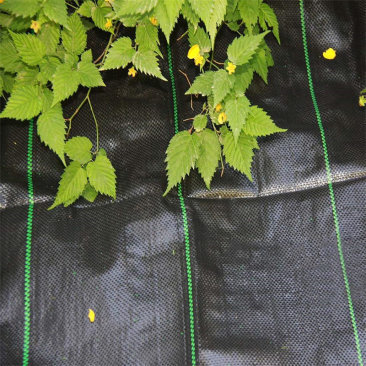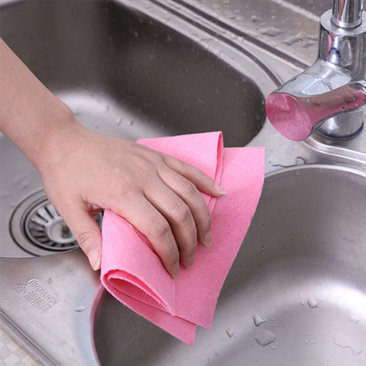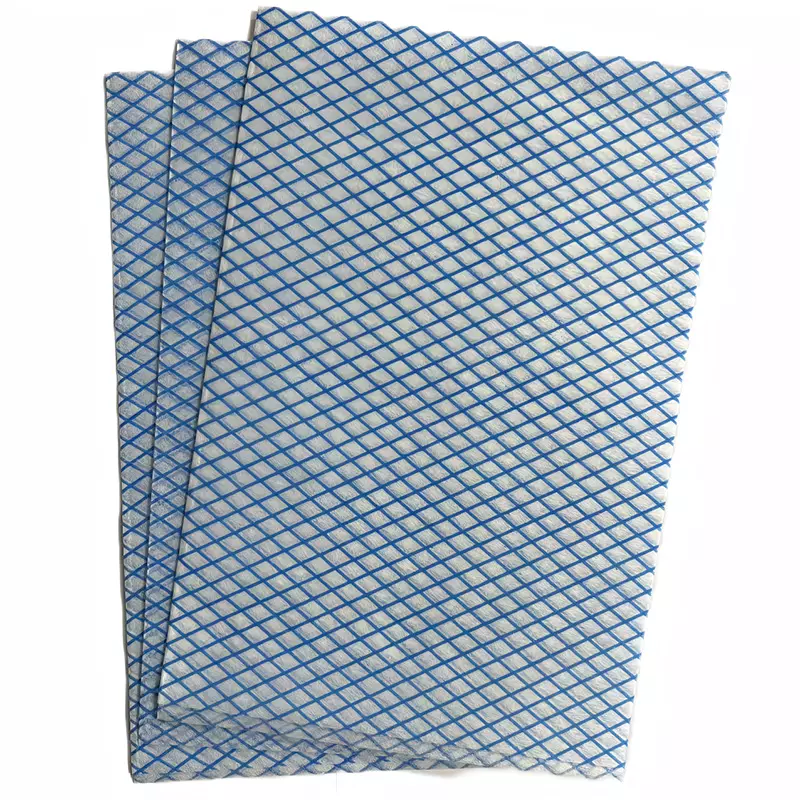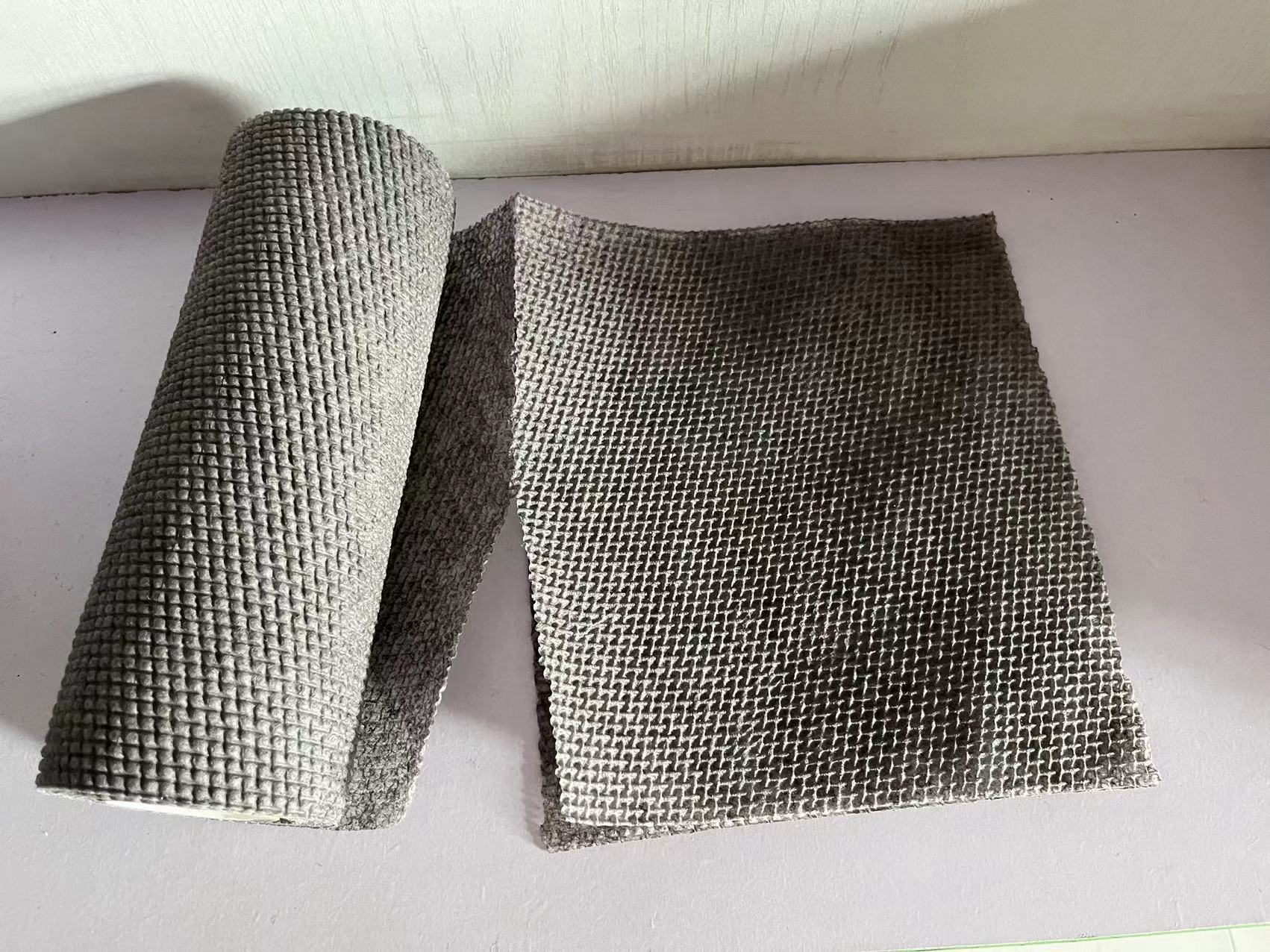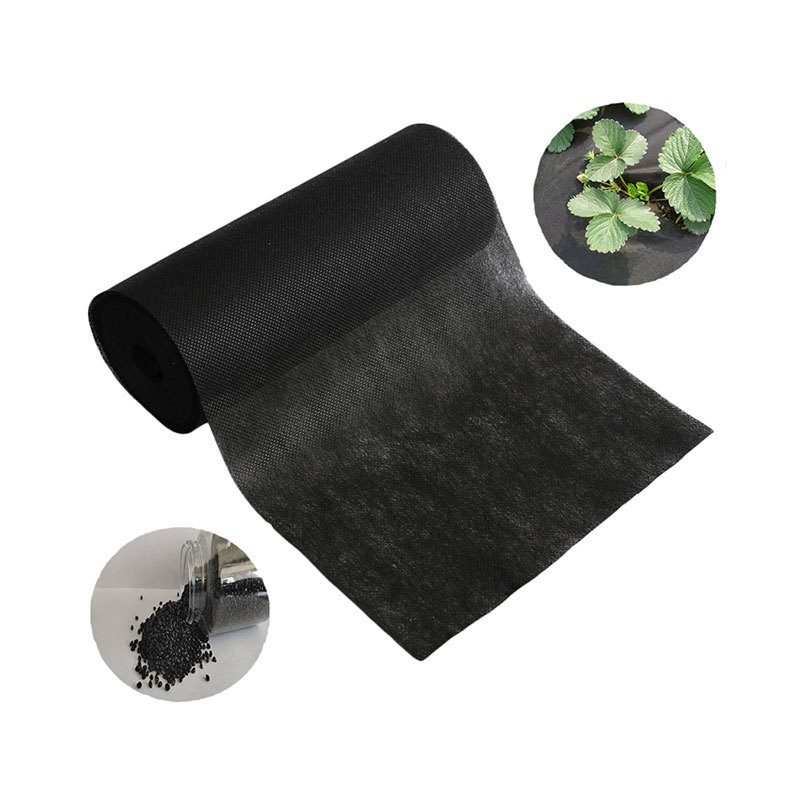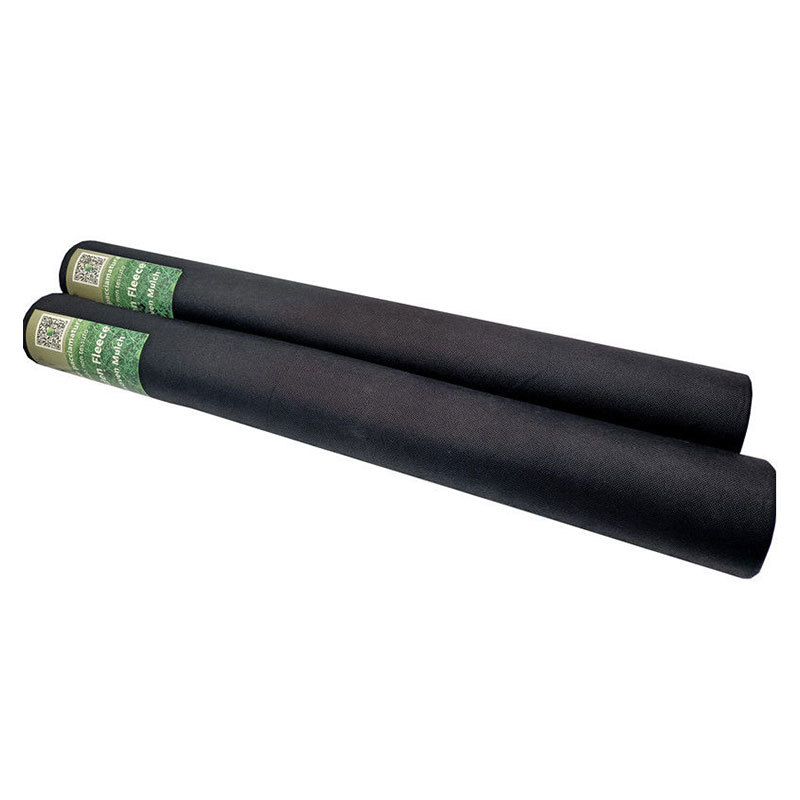11
2025
-
08
Understanding PP Spunbond Nonwoven Fabric: Key Features and Applications
Polypropylene (PP) spunbond nonwoven fabric is a synthetic textile material that has gained prominence in various industries due to its exceptional characteristics and versatility. This fabric is produced through a process that involves the continuous extrusion of polypropylene filaments, followed by the bonding of these fibers through thermal or mechanical means. The resulting fabric is lightweig
Polypropylene (PP) spunbond nonwoven fabric is a synthetic textile material that has gained prominence in various industries due to its exceptional characteristics and versatility. This fabric is produced through a process that involves the continuous extrusion of polypropylene filaments, followed by the bonding of these fibers through thermal or mechanical means. The resulting fabric is lightweight, durable, and resistant to water, chemicals, and UV exposure, making it suitable for a wide array of applications.
One of the most significant advantages of PP spunbond nonwoven fabric is its high strength-to-weight ratio. The fabric is robust yet light, which makes it ideal for use in a variety of products, including medical supplies, hygiene products, agricultural covers, and geotextiles. Its breathability and flexibility also enhance its applicability across different sectors, from fashion to construction.
In the medical industry, PP spunbond nonwoven fabric is often used to produce gowns, masks, and other protective garments. The fabric’s barrier properties ensure effective protection against bacteria and fluids, while its comfort and breathability support wearability for extended periods. This combination of features is essential in healthcare settings where both functionality and comfort are paramount.
In the realm of hygiene products, PP spunbond nonwoven fabric is widely used in the manufacture of diapers, feminine hygiene products, and adult incontinence items. The fabric’s soft texture and excellent liquid management capabilities help maintain skin health and comfort, which are critical factors for consumer satisfaction.
Agriculture has also seen the benefits of PP spunbond nonwoven fabric, as it is used for crop covers, mulching sheets, and protective nets. Its lightweight nature allows for easy handling, while its durability ensures that it can withstand environmental stress, promoting better crop growth and protection against pests.
Additionally, the environmentally friendly aspect of PP spunbond nonwoven fabric cannot be overlooked. Although it is a synthetic product, it can be designed for recyclability and biodegradability, aligning with the growing consumer demand for sustainable products. Innovations in this area are paving the way for greener solutions in textile production.
In conclusion, PP spunbond nonwoven fabric stands out as a highly functional material with a broad range of applications across multiple industries. Its unique properties, including strength, lightweight nature, and versatility, make it invaluable in sectors such as healthcare, hygiene, agriculture, and beyond. Understanding these characteristics can help professionals make informed decisions regarding the use of this innovative fabric in their respective fields.
One of the most significant advantages of PP spunbond nonwoven fabric is its high strength-to-weight ratio. The fabric is robust yet light, which makes it ideal for use in a variety of products, including medical supplies, hygiene products, agricultural covers, and geotextiles. Its breathability and flexibility also enhance its applicability across different sectors, from fashion to construction.
In the medical industry, PP spunbond nonwoven fabric is often used to produce gowns, masks, and other protective garments. The fabric’s barrier properties ensure effective protection against bacteria and fluids, while its comfort and breathability support wearability for extended periods. This combination of features is essential in healthcare settings where both functionality and comfort are paramount.
In the realm of hygiene products, PP spunbond nonwoven fabric is widely used in the manufacture of diapers, feminine hygiene products, and adult incontinence items. The fabric’s soft texture and excellent liquid management capabilities help maintain skin health and comfort, which are critical factors for consumer satisfaction.
Agriculture has also seen the benefits of PP spunbond nonwoven fabric, as it is used for crop covers, mulching sheets, and protective nets. Its lightweight nature allows for easy handling, while its durability ensures that it can withstand environmental stress, promoting better crop growth and protection against pests.
Additionally, the environmentally friendly aspect of PP spunbond nonwoven fabric cannot be overlooked. Although it is a synthetic product, it can be designed for recyclability and biodegradability, aligning with the growing consumer demand for sustainable products. Innovations in this area are paving the way for greener solutions in textile production.
In conclusion, PP spunbond nonwoven fabric stands out as a highly functional material with a broad range of applications across multiple industries. Its unique properties, including strength, lightweight nature, and versatility, make it invaluable in sectors such as healthcare, hygiene, agriculture, and beyond. Understanding these characteristics can help professionals make informed decisions regarding the use of this innovative fabric in their respective fields.
pp spunbond nonwoven fabric


